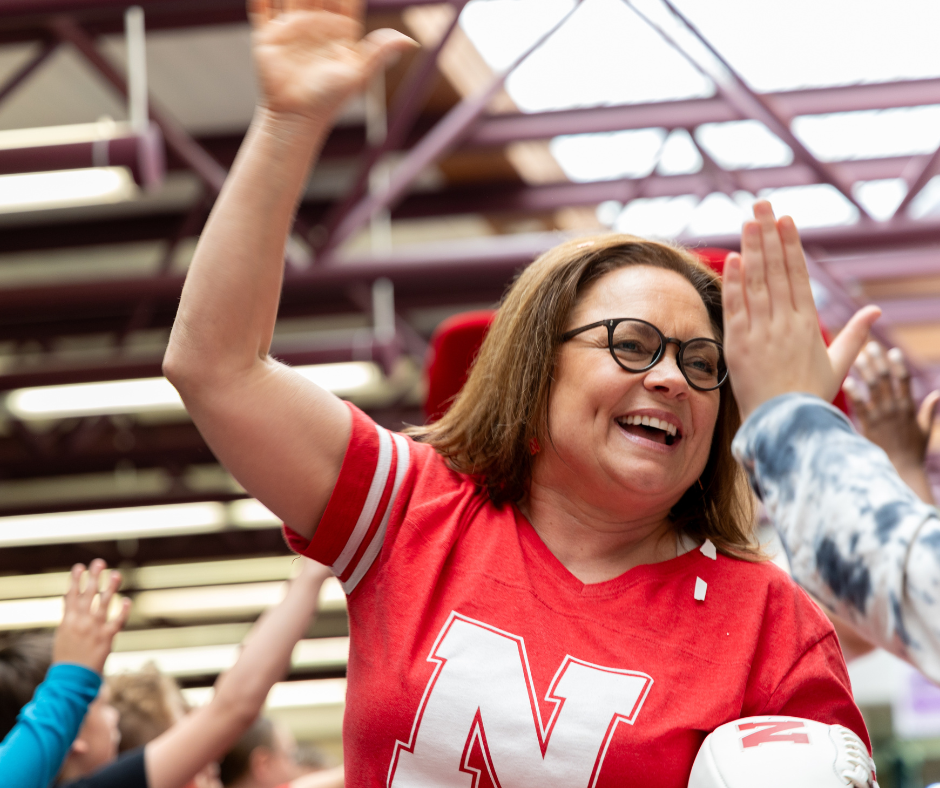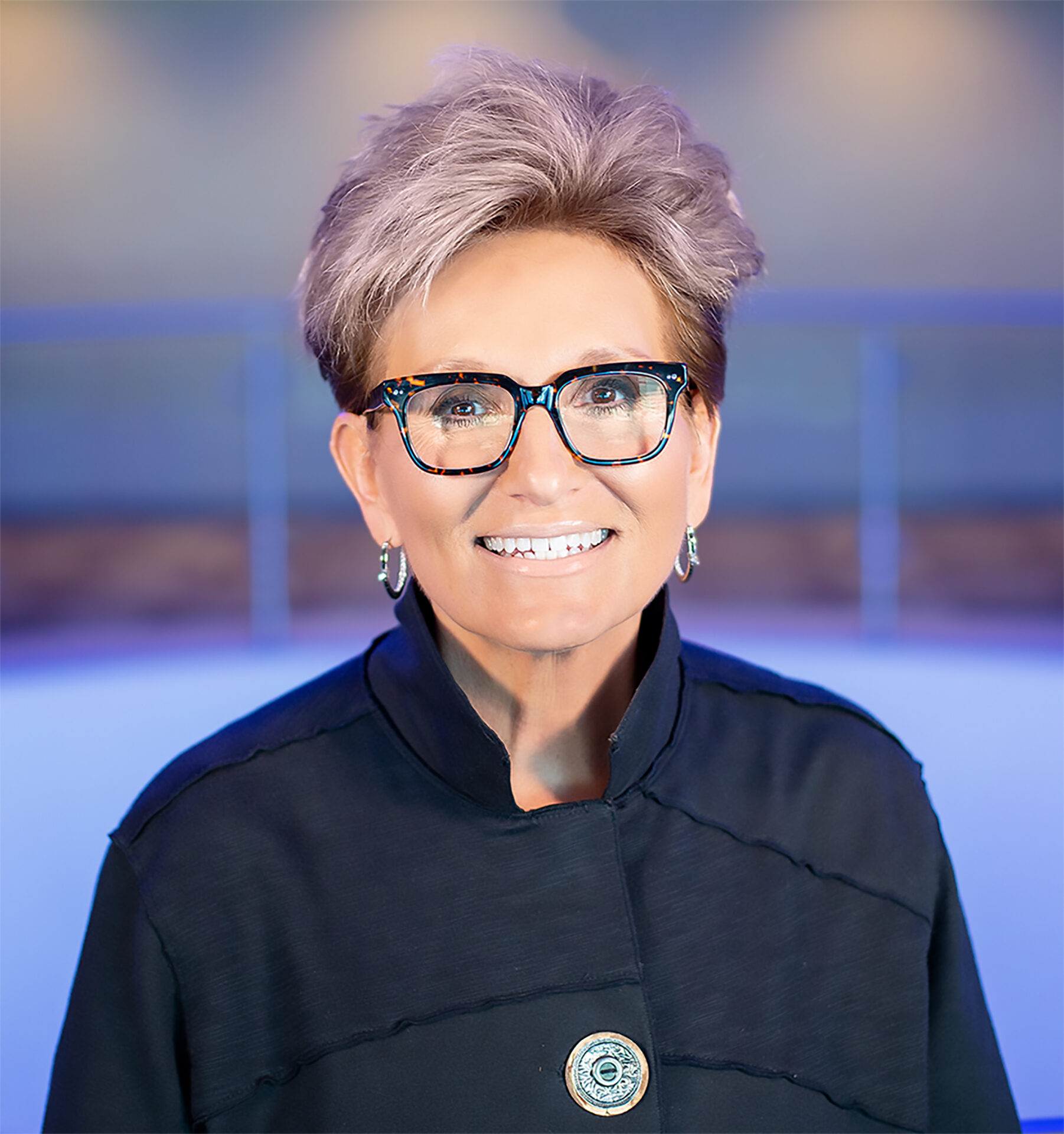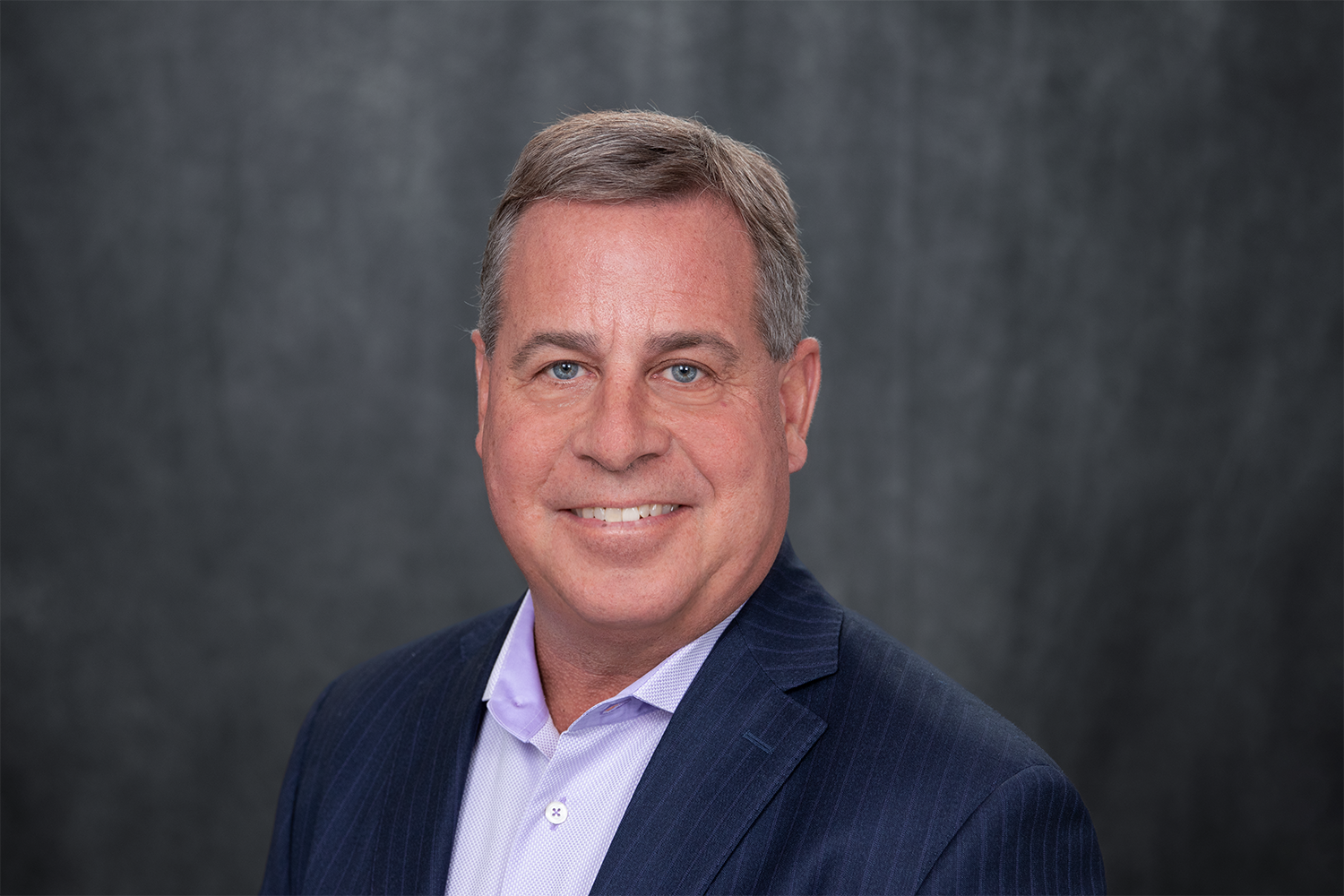When checking the weather in the morning, you can focus on the actual air temperature or you can embrace the calculated “feels like” temperature, which factors in wind and humidity. Many of us take a similar approach to aging.
If you were born in 1960, your actual age will be 59 at some point this year – no debate about that. But, what’s your “feels like” age, a number that’s molded by perception, health status and general feelings of youngness?
After all, your jams – like Journey’s “Wheel in the Sky” (1978) and the Violent Femmes’ “Blister in the Sun” (1983) – are still cool, and you’re a lot more active than your parents or grandparents were when they were 60 or 70. (They may have seemed “old” when they were older – but you don’t, right?)
English philosopher Francis Bacon summed it up like this: “I will never be an old man. To me, old age is always 15 years older than I am.”
The Pew Research Center found that the threshold for being “old” does, indeed, slide as we age. To those ages 18 to 29, you’re “old” at age 60. It moves closer to 70 for middle-aged respondents, and to 74 among those age 65-plus.
“As a 51-year-old who cringes when ‘over 50’ is mentioned as old or my kids remind me ‘only four more years until the senior discount’ at a certain restaurant, I certainly see old differently than I did even 10 years ago,” says Omaha’s Dr. Beth Culross, a registered nurse with a Ph.D. in gerontology and the director of the College of Nursing Learning Resources Center at the University of Nebraska Medical Center.
Researchers from Michigan State University, the University of St. Thomas and Stanford University found that people, as they age, are motivated to “create psychological and physical distance between themselves” and that “stigmatized out group” known as older adults. They do this by identifying with younger age groups, “whether through selectively reporting feeling younger than they are, reporting that others perceive them as being younger or choosing a younger ideal age to be.” (“I may be 50, but I don’t feel a day over 35.”) And this is a good thing.
“There is evidence that a positive perception of self, as related to aging, can actually increase longevity, promote engagement in health behaviors, increase overall satisfaction with life and support social interactions,” Culross says.
But she adds a bit of the “chicken or the egg” scenario may be at play here: Did the positive self-perception come first or the behaviors that lead to it? “I think that the trend goes both ways.”
Playing into our sliding perception of “old age” is the fact that, decades ago, life expectancies were different. The Centers for Disease Control and Prevention pegs current life expectancy at 78.6 years. In 1970, it was about 70 years.
“Perhaps this has impacted how we see 50 or 60,” Culross says. “I also think you have to consider the impact of the baby boomer generation – a large group of people with more opportunity and more education than previous generations who have not been willing to be ‘labeled’ as old.”
She also believes, from a social media standpoint, that older people are being shown as vibrant members of the community, which can impact perception. “Movies and television are highlighting older people in a more positive light – shows such as ‘Grace and Frankie’ on Netflix, for example. These are things that help show the older adult as a healthy active person, not a wilting, frail individual.”
There is also a greater awareness of activities to keep us healthy, Culross says. If you’re 60 going on 45 and you’d like to put even more distance between your “feels like” age and your actual age, here are her top five recommendations:
• Eat a healthy diet.
• Exercise regularly by finding something you enjoy.
• Stay connected with others through friends, family, work or volunteering.
• Exercise your mind by learning something new on a regular basis.
• Find a reason to laugh every day.






